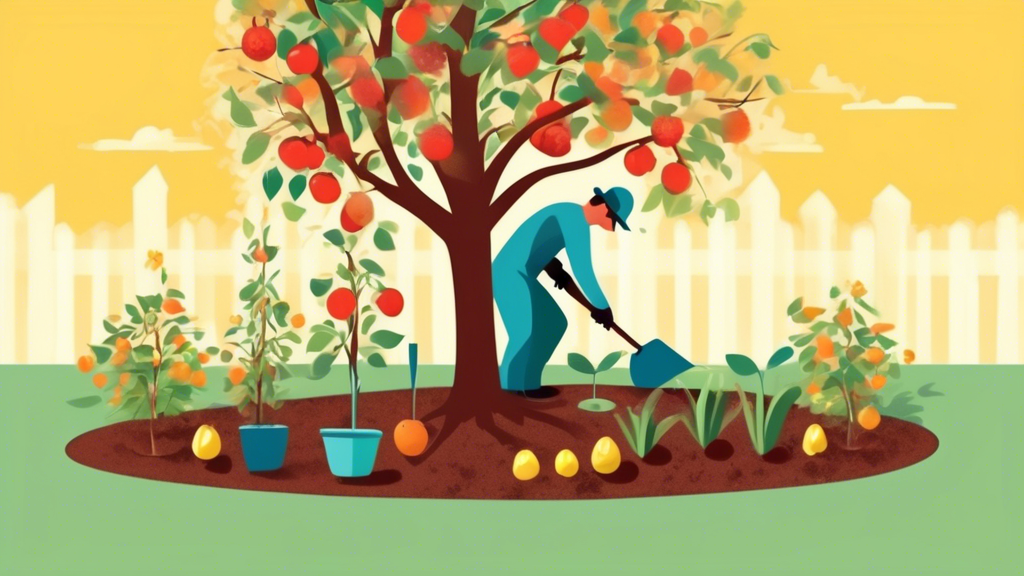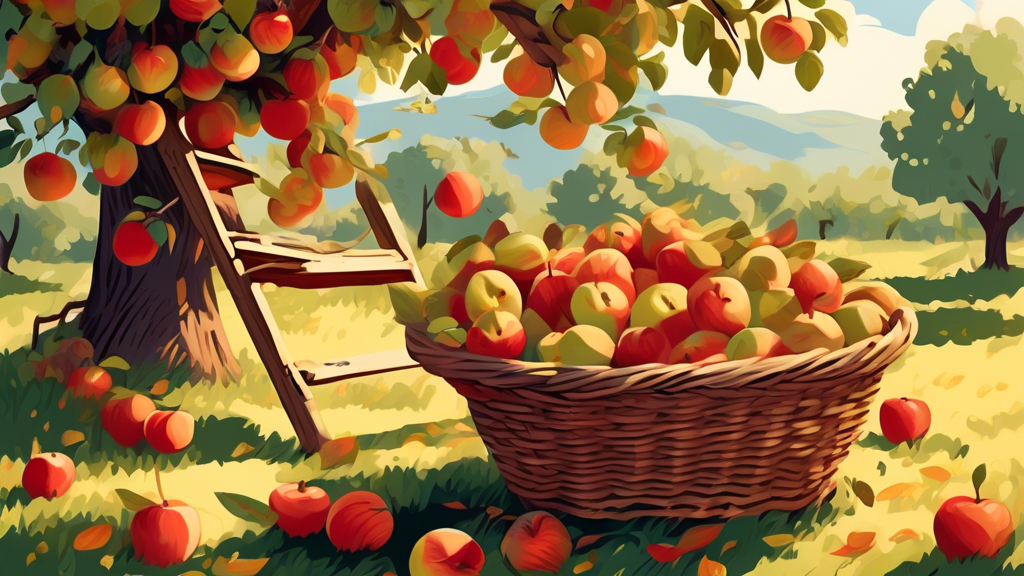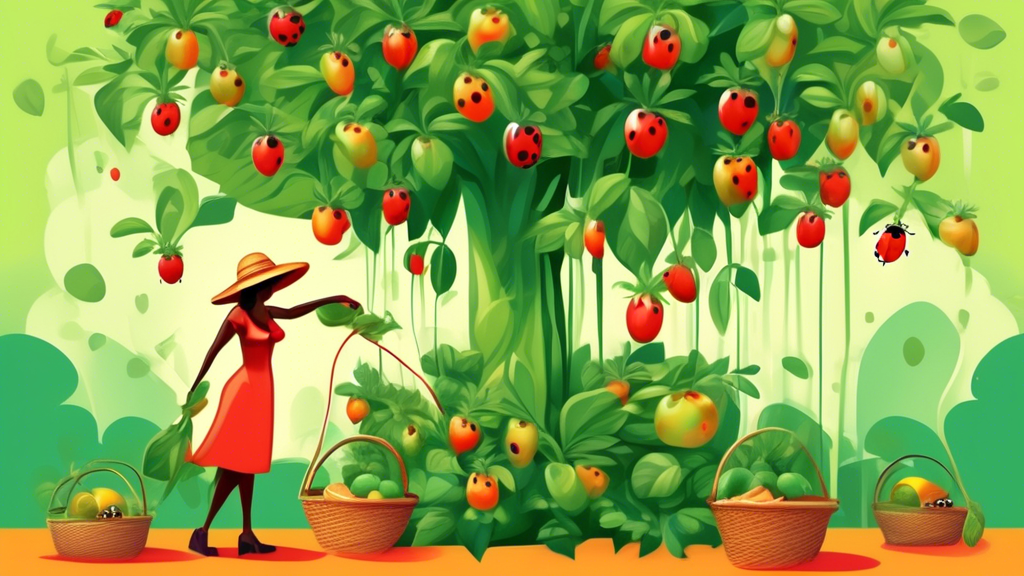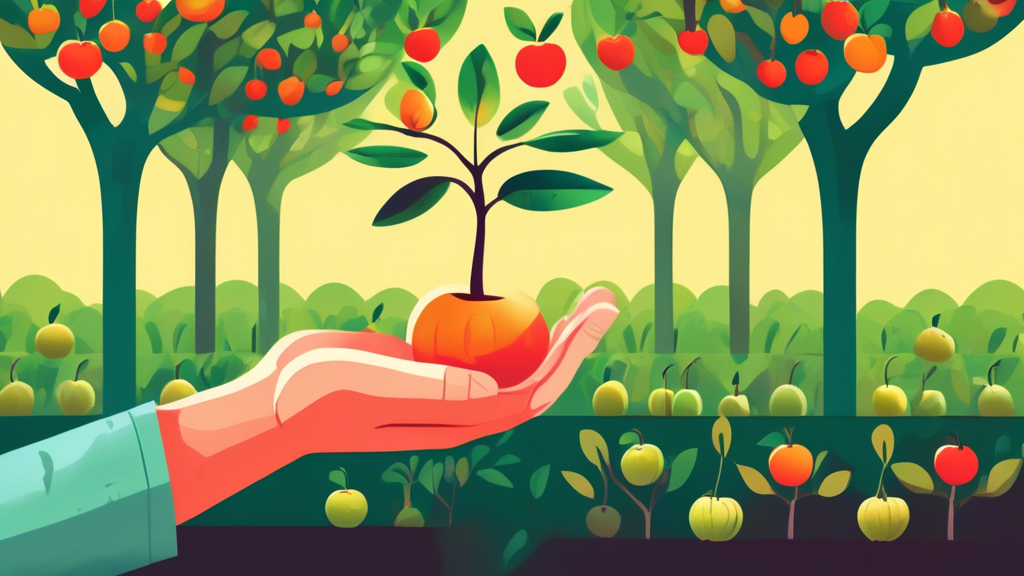
Introduction: The Joy of Growing Your Own Fruit
There’s nothing quite like the taste of a sun-warmed peach or a crisp apple picked straight from your own backyard. Growing fruit trees is a rewarding journey that connects you to the rhythms of nature and provides delicious, healthy food for your family. This comprehensive guide will walk you through every step of how to plant and care for fruit trees, transforming you from a novice into a confident orchardist. By planting a tree today, you are making a gift to future generations, creating a legacy of shade, beauty, and bounty.
Before You Dig: Crucial Planning & Selection
Success begins long before the first shovel hits the ground. Proper planning ensures your tree will thrive in its environment for decades to come.
“Why Won’t My Tree Produce Fruit?” – The Importance of Chill Hours
A common frustration for many gardeners is a tree that grows well but never fruits. The culprit is often a mismatch in “chill hours.” Many fruit trees, like apples, peaches, and cherries, require a specific number of hours between 32°F and 45°F during winter to break dormancy and flower properly in spring. Planting a high-chill variety in a warm climate will result in a beautiful, but barren, tree.
- Research your local average chill hours.
- Select varieties that match your climate (e.g., ‘Anna’ and ‘Dorsett Golden’ apples for low-chill areas, ‘Honeycrisp’ for high-chill regions).
Choosing the Right Tree for Your Space
Not all fruit trees are created equal. The rootstock, which the fruiting variety is grafted onto, determines the tree’s ultimate size.
| Rootstock Type | Mature Height | Space Required | Time to First Fruit | Best For |
|---|---|---|---|---|
| Standard | 20-30+ feet | Large orchard | 5-8 years | Large spaces, traditional orchards |
| Semi-Dwarf | 12-20 feet | 15-20 ft. spacing | 4-6 years | Backyard gardens |
| Dwarf | 6-12 feet | 8-10 ft. spacing | 2-4 years | Small gardens, patios, containers |
You’ll also need to choose between bare-root and container-grown trees. Bare-root trees are dormant, less expensive, and establish quickly, but must be planted in late winter or early spring. Potted trees offer more flexibility in planting time but can be more costly and sometimes become root-bound.
The Secret to Success: Soil and Sunlight
Fruit trees are sun worshippers. They require a minimum of 6-8 hours of direct, unfiltered sunlight daily to produce a worthwhile crop. Before planting, perform a simple soil test. Dig a hole about a foot deep and fill it with water. If it drains within an hour, your drainage is good. If it sits for longer, you may need to plant in a raised bed or choose a different location to prevent root rot.
How to Plant Your Fruit Tree: A Step-by-Step Guide
Step 1: Timing is Everything (When to Plant)
The best time to plant is during the tree’s dormant season. For bare-root trees, this is late winter to early spring, as soon as the ground is workable. For container trees, you can plant in early spring or early fall, avoiding the heat of summer.
Step 2: Digging the Perfect Hole
Dig a hole that is two to three times wider than the root ball, but only as deep as the root ball itself. The “root flare”—where the trunk widens at the base—must be visible above the soil line after planting. Planting too deep is a leading cause of tree failure.
Step 3: Preparing the Root System
For bare-root trees, soak the roots in a bucket of water for 4-6 hours before planting. For container-grown trees, gently loosen any circling roots on the outside of the root ball to encourage them to grow outward.
Step 4: Planting and Backfilling
Place the tree in the center of the hole. A key insight many don’t know is that you should avoid amending the backfill soil with compost or fertilizer. While it seems helpful, it creates a “bathtub effect,” where water pools in the rich, soft amended soil, and the roots are reluctant to grow into the harder native soil, leading to a weak, unstable tree. Simply backfill with the original soil you dug out.
Step 5: Watering In and Staking (If Necessary)
Create a small berm of soil around the edge of the hole to form a watering basin. Water deeply immediately after planting to settle the soil and eliminate air pockets. Only stake the tree if it is in a very windy location or is too unstable to stand on its own. If staking is needed, use wide, flexible ties and remove them after one year.
The First Year: Critical Care for Establishment
“I Overwatered/Underwatered My Tree”
Establishing a proper watering routine is critical. The goal is deep, infrequent watering that encourages roots to grow downward. Perform the “finger test”: stick your finger 2-3 inches into the soil near the tree. If it’s dry, it’s time to water. A slow, deep soaking once a week is generally better than frequent, light sprinklings.
To Mulch or Not to Mulch? (Spoiler: Yes, but correctly)
Apply a 2-4 inch layer of organic mulch (like wood chips or shredded bark) in a wide circle around the tree. Crucially, keep the mulch a few inches away from the trunk itself. This “donut” shape conserves moisture, suppresses weeds, and regulates soil temperature, while preventing trunk rot and rodent damage that a “mulch volcano” causes.
A Unique First-Year Tip: The “Blossom Pinch”
Here’s a pro tip that can set your tree up for a lifetime of success: in its first year, pinch off any blossoms that appear. It might be difficult, but this directs the tree’s limited energy away from fruit production and toward developing a robust root system and strong branch structure. This sacrifice in the first season leads to a significantly healthier, more vigorous, and more productive tree for years to come.
Long-Term Care and Maintenance
The Art of Pruning Fruit Trees
Pruning is essential for tree health, shape, and fruit production.
| Pruning Type | When to Do It | Primary Goal |
|---|---|---|
| Winter Pruning (Dormant) | Late Winter | To encourage vigorous spring growth and shape the tree’s structure. |
| Summer Pruning | Late Summer | To slow down growth, remove water sprouts, and let more sunlight into the canopy to ripen fruit. |
Common pruning forms include the “Open Center” or “Vase” shape (ideal for peaches and plums) and the “Central Leader” (a Christmas-tree shape used for apples and pears).
Feeding Your Tree: A Fertilization Schedule
Fertilize in early spring as buds begin to swell. Use a balanced, slow-release fertilizer. Avoid fertilizing in late summer or fall, as this can stimulate new growth that will be vulnerable to winter frost.
Organic Pest and Disease Management
Prevention is key. Apply horticultural oil (dormant oil) in late winter to smother overwintering pest eggs and fungal spores. Encourage beneficial insects like ladybugs and lacewings by planting companion flowers. Regularly check leaves and fruit for signs of trouble so you can address issues early.
Seasonal Care Checklist
- Spring: Fertilize, watch for pests, thin heavy fruit sets to improve size and quality.
- Summer: Water deeply during dry spells, summer prune if needed, and harvest ripe fruit!
- Fall: Rake and dispose of fallen leaves to reduce disease, water deeply before the ground freezes.
- Winter: Plan, order bare-root trees, and perform dormant pruning.
Frequently Asked Questions (FAQs)
How long does it take for a fruit tree to bear fruit?
This varies by type and rootstock. Dwarf trees can fruit in 2-4 years, while standard trees may take 5-8 years. For example, peaches are generally faster (2-4 years) than apples (4-8 years).
Do I need to plant two trees for pollination?
It depends on the variety. Some trees, like most peaches, sour cherries, and apricots, are self-pollinating (self-fruitful). Others, like many apples, pears, plums, and sweet cherries, require a different compatible variety planted nearby for cross-pollination to produce fruit.
What is the most common mistake new growers make?
Planting the tree too deep. Burying the root flare leads to stem girdling roots, poor oxygen exchange, and eventual tree decline. Always ensure the root flare is level with or slightly above the surrounding soil.
Can I grow a fruit tree from a store-bought fruit pit?
You can, but it’s not recommended for a reliable fruit harvest. Trees grown from seed are genetically unpredictable and will not produce fruit identical to the parent. They also take much longer to mature and bear fruit—often 7-10 years or more. For consistent results, purchase a grafted tree from a nursery.
Conclusion: Your Orchard Awaits
Planting a fruit tree is an act of patience and hope. By following this guide on how to plant and care for fruit trees, you are investing in years of future harvests. The journey from a small sapling to a laden bough is one of the most satisfying experiences a gardener can have. Don’t be intimidated—your future orchard, and the delicious rewards it will bring, is just a planting hole away.






